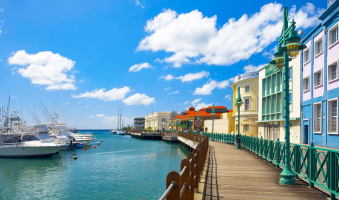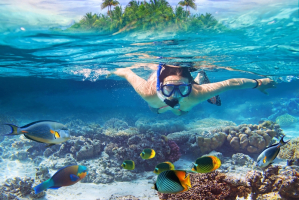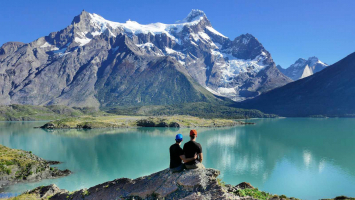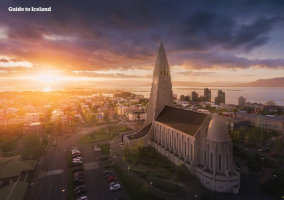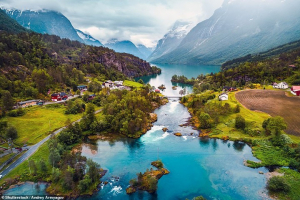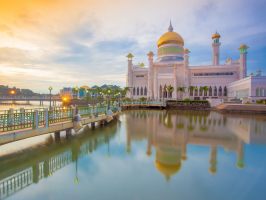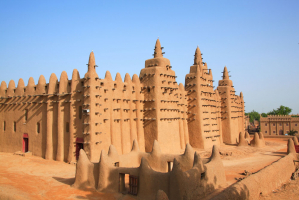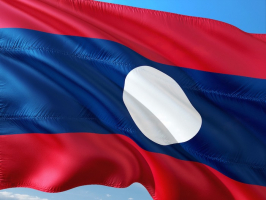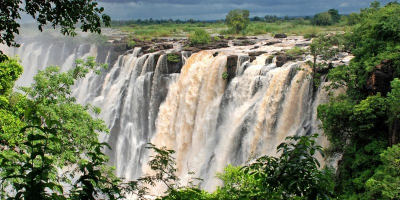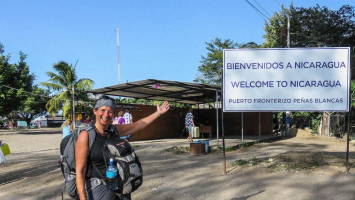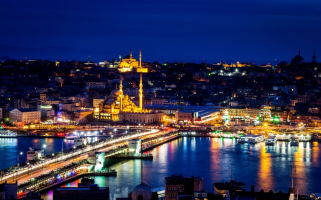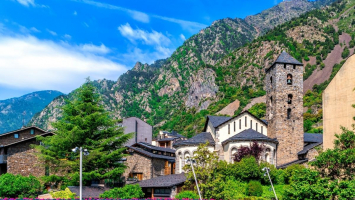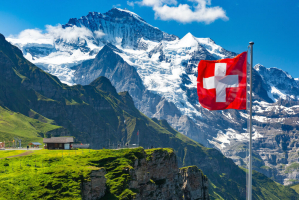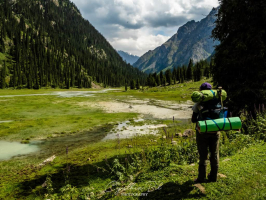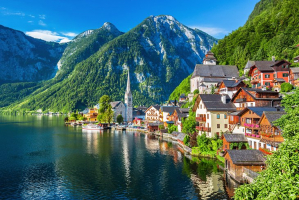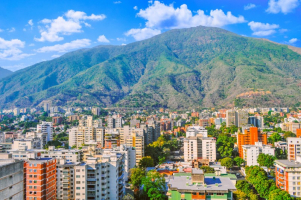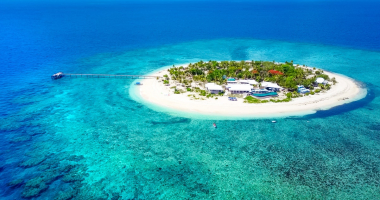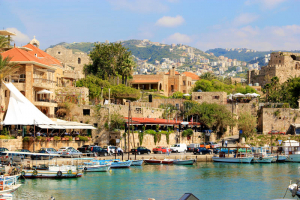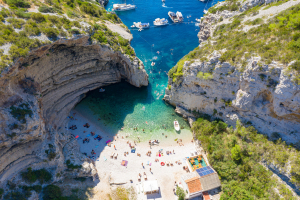Top 12 Things about Denmark You Should Know
Denmark is a major tourist destination, with over 30 million visitors each year. There are several reasons why individuals choose to visit Scandinavia. The ... read more...pleasant, polite individuals are a big lure, and they always make tourists feel welcome. The country boasts a rich history and various noteworthy landmarks, as well as wonderful food and landscape. If you're considering about going, here are a few Things about Denmark You Should Know.
-
Biking is the most popular mode of transportation in Denmark, with more bicycles on the road than cars (4.2 million bicycles versus 1.8 million automobiles). This means there are motorcycles everywhere! This is definitely one of the top Things about Denmark You Should Know. When walking, stay off the bike path, although this does not guarantee you will not be hit. Keep your eyes peeled.
Furthermore, Danes often wait for traffic signals to show that they can walk before crossing the street. No jaywalking allowed! This is due in part to the risk of a 1000 DKK fine for jaywalking.
Most cities may be reached by train, bus, or ferry. Copenhagen has one of the most efficient metro systems in the world, a completely automated system that operates around the clock. Denmark's public transportation system is based on a standardized price and zoning scheme.
Denmark has many international airports, the two major being Copenhagen and Billund. Domestic flights are also available between Copenhagen and the cities of Aalborg, Aarhus, and Ronne.

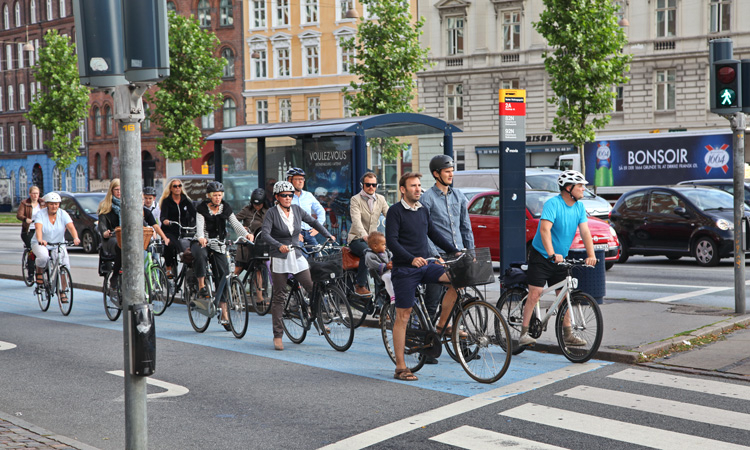
intelligenttransport.com -
Although Danish is a member of the North Germanic language family, which also includes Swedish, Norwegian, Faroese, and Icelandic, all of which are descended from Old Norse, the language spoken in Denmark is distinct. Danish is spoken by almost 6 million people in Denmark, as well as a Danish minority in Southern Schleswig, the Faroe Islands, and Greenland, the latter two of which are self-governing areas of the Kingdom of Denmark.
Because of its complex pronunciation and a large number of silent characters, the Danish language is regarded as one of the most difficult to master. Danish contains 27 vowel sounds and is unusual in its use of std – a phonological phenomenon peculiar to Danish that characterizes a glottal consonant employed in its pronunciation. To further perplex someone studying Danish, the written language has evolved little since the 16th century, implying that there is a significant discrepancy between the language that is regularly spoken and the way it is written. Visitors to Denmark who seek to learn the local language will be received with friendliness, so don't be afraid to ask for assistance in pronouncing the language's various sounds.
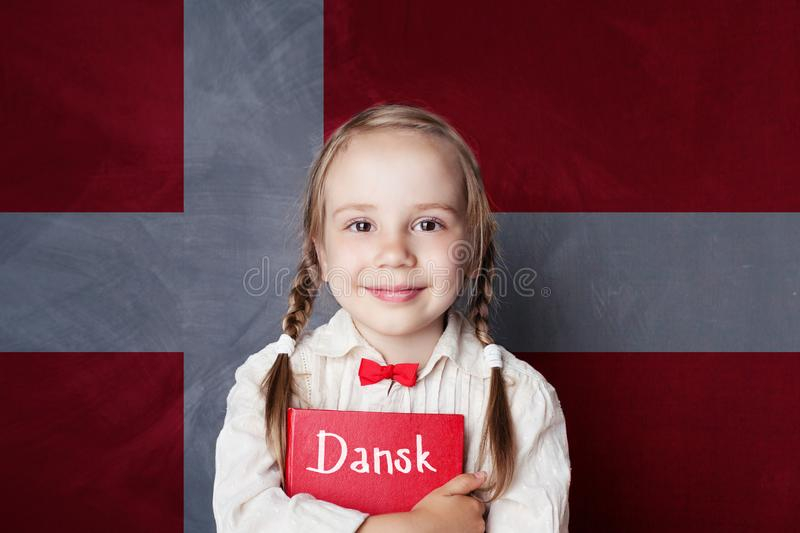
dreamstime.com 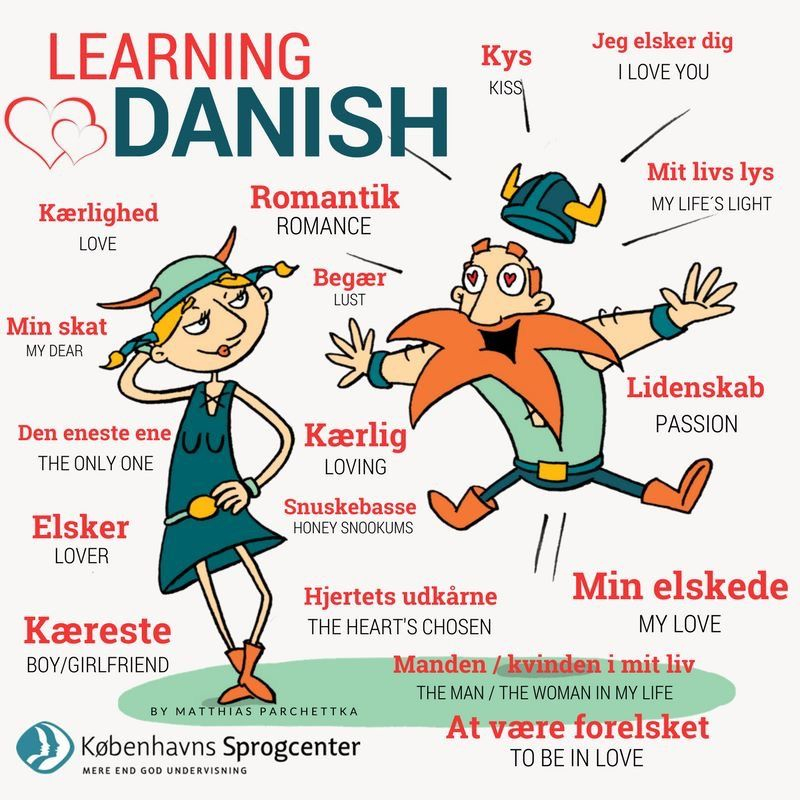
pinterest.com -
People in Denmark take their drinking water for granted. Danes will not hesitate to grab a glass and place it beneath a faucet. This is definitely one of the top Things about Denmark You Should Know. However, many tourists will find it strange to place the glass under the tap. Drinking water is something that many visitors purchase at the grocery.
In Denmark, groundwater accounts for 99 percent of the drinking water supply. The water is taken from aquifers beneath the Danish subsoil and is so pure that chlorine is not required to cleanse it. The Danish drinking water supply is fully based on groundwater, and the official position of the Danish government is that drinking water should be based on pure groundwater that only requires simple treatment with aeration, pH correction, and filtering before it is given to customers. A protected groundwater resource that is free of toxins and appealing to drink is considered critical to the overall health of the population. You can drink tap water in Denmark as a visitor or tourist.

wildaboutdenmark.com 
wildaboutdenmark.com -
True, your first instinct while considering a journey to Denmark may be that the country is out of reach for your budget. It will almost certainly be one of the first questions people ask you when you disclose your trip plans.
Denmark is more expensive than many other countries to visit. This is definitely one of the top Things about Denmark You Should Know. Finding reasonable lodging, meals, and activities will all need some work on your part. m While visiting Denmark is more expensive than visiting several southern European countries, it is also less expensive than visiting its northern Scandinavian neighbors, Norway or Sweden.
You might be wondering why Denmark is so expensive to visit and how people can afford to live there. The country, on the other hand, has high earnings and heavy taxes. This balances out for residents who can afford to live their everyday lives and have infrastructure that enhances their quality of life.
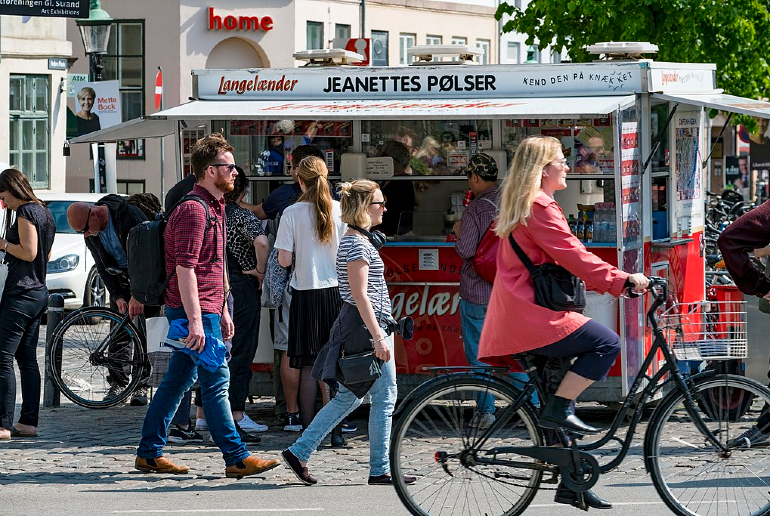
routesnorth.com 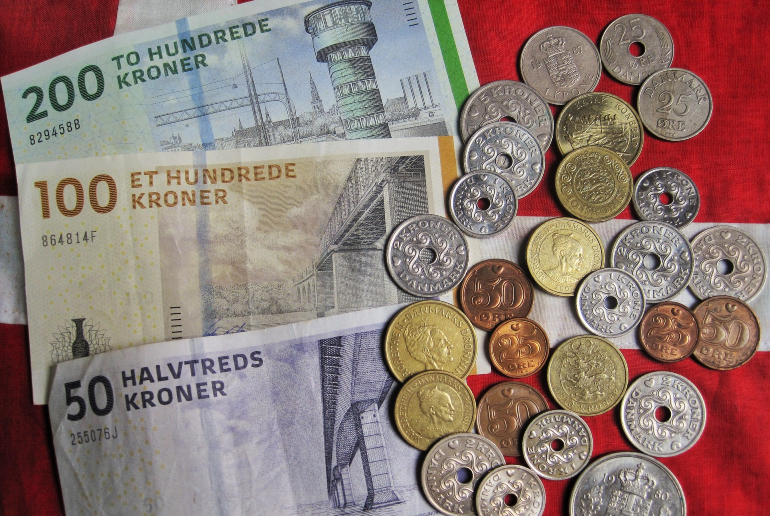
routesnorth.com -
Credit cards are accepted anywhere in Denmark, with no minimum limit. However, some establishments require a PIN and will not allow you to sign for it. When paying with a foreign credit or debit card, Danish restaurants can add between 3% and 7% to the entire cost.
Credit card transactions are contactless unless you spend more than a certain amount, which is presently 350 kr. If you are given the option of paying in local or home currency, always go with the local currency. For example, if you must pick between Danish kroner and US dollars, go with the kroner. When you pay in the local currency, your home bank will convert it for you at a considerably better exchange rate than if you let the vendor do it.
Danish ATMs only accept four-digit PIN codes, so if you have a six-digit PIN code or an old-style credit or debit card with a magnetic strip, you'll need to get a new card with a four-digit PIN code from your card issuer to use it in Denmark.
If you are unclear whether your credit or debit card will work in Denmark, contact your bank before departing. Allow yourself plenty of time to request a new card if one is required. Check the expiry date on your cards to ensure they don't expire while you're abroad.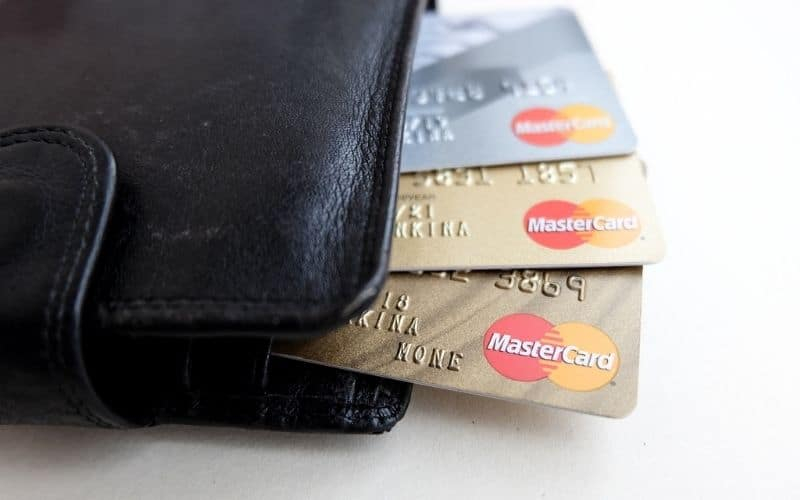
mypathtotravel.com 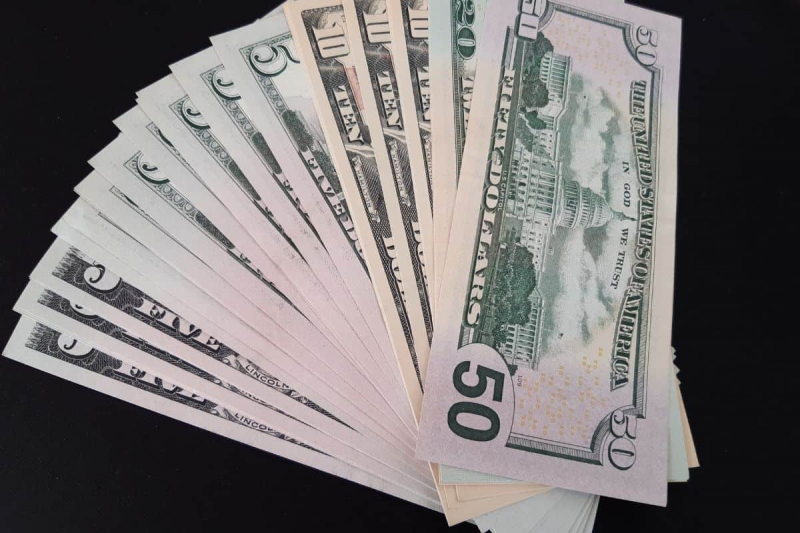
mypathtotravel.com -
Denmark is best visited in June, July, and August, when daylight hours are long and temperatures range from 15°C to 20°C – great for hiking in the lush environment. This is a popular time for both visitors and locals to get outside, and the shoreline can get crowded. This is definitely one of the top Things about Denmark You Should Know.
Between September and November, the temperature gradually drops from 18°C to 8°C as the season progresses. The crowds are thin, and the longer nights are ideal for cuddling up under a warm blanket in front of a crackling fire.
From December to February, the weather is cold, snowy, and windy, with average temperatures just over freezing (although it is milder than other Nordic countries). Temperatures continue to rise in March, but it remains cool until May, resulting in fewer visits.
Overall, Denmark is a year-round destination, and the best time to visit depends on your interests. It has a more temperate temperature than the rest of Scandinavia, and the country has a relatively mild climate due to its more southerly latitudes and the moderating influence of the sea.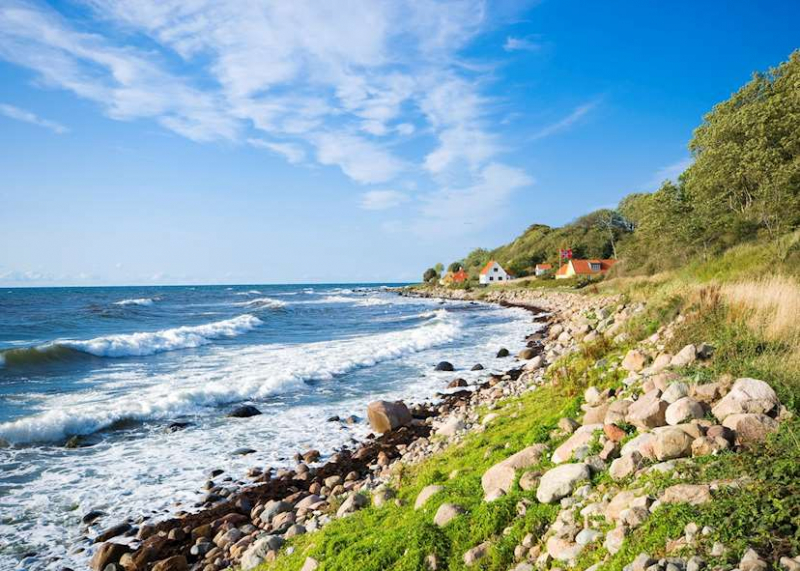
audleytravel.com 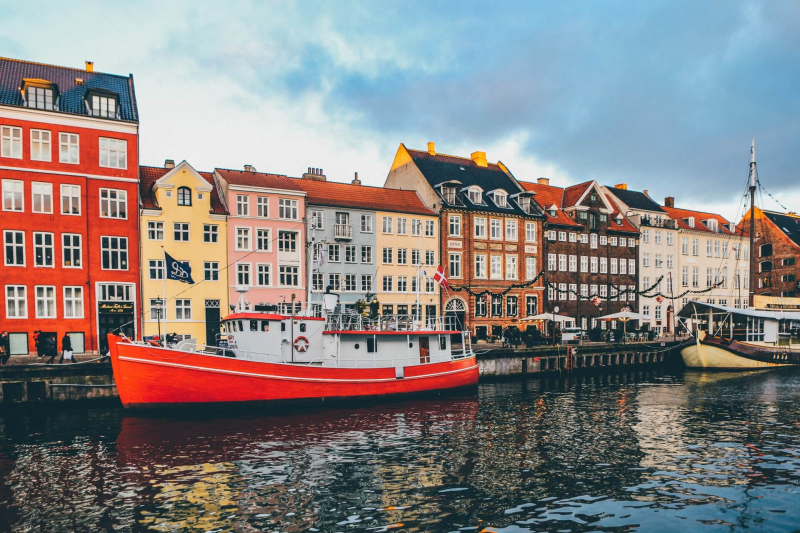
roadsandkingdoms.com -
Denmark is a small country comprised of over 100 islands, some of which are uninhabited. You will never be more than an hour from the sea in Denmark, no matter where you are. In truth, Denmark is the 130th largest country in the world, only slightly larger than the Netherlands and Switzerland!
While Denmark is considered small in terms of land mass, when all of the islands in the Kingdom of Denmark – over 400 islands – are included, Denmark becomes the world's 12th largest country. This is due in part to Greenland, which is a Danish autonomous region, as well as the Faroe Islands.
Denmark is joined to continental Europe by Jutland's 42-mile (68-kilometer) border with Germany. Aside from this link, all of the borders with neighboring nations are maritime, including the one with the United Kingdom to the west across the North Sea. To the north, Norway and Sweden are separated from Denmark by water lanes that connect the North Sea to the Baltic Sea. These passageways are known as the Skagerrak, the Kattegat, and The Sound (resund) from west to east. Bornholm, a Danish island, is located in the Baltic Sea to the east.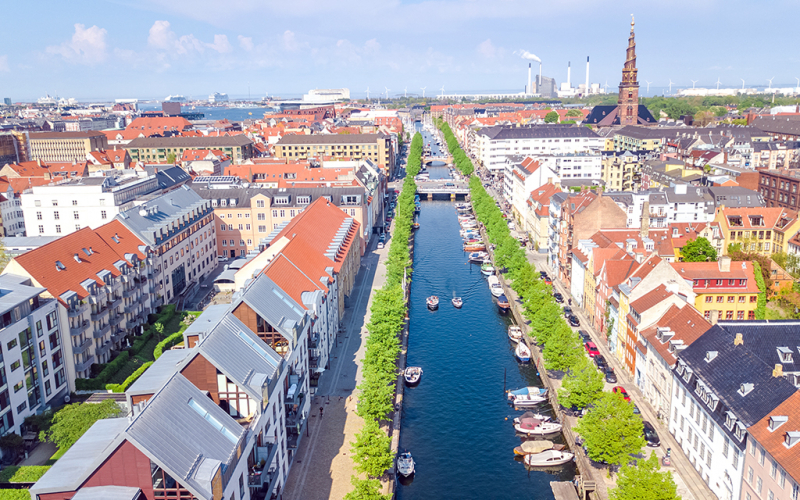
blog.wego.com 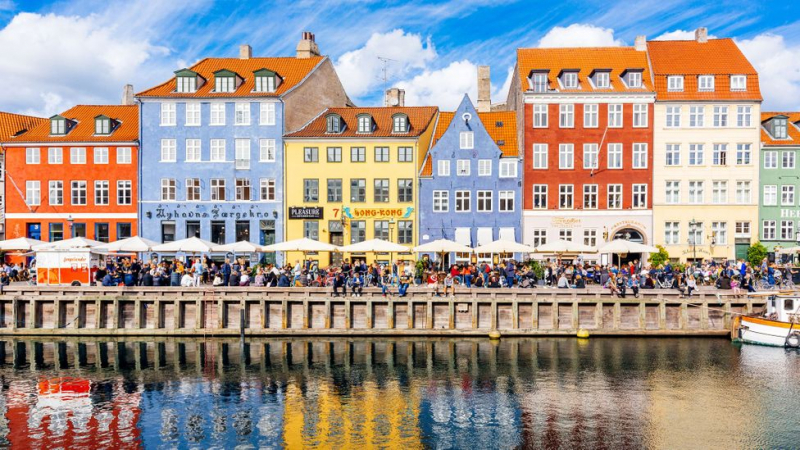
bbc.com -
Denmark is home to the world's oldest and second oldest running amusement parks, Bakken and Tivoli. Bakken was founded in 1583 and is located just 20 minutes outside of central Copenhagen, whereas Tivoli was founded in 1843 and is also located in central Copenhagen.
Inside the Par Force Hunting Landscape of Jaegersborg Deer Park is the world's oldest entertainment park - Bakken. People have been coming to Bakken, or Dyrehavsbakken as it is formally known, for its therapeutic waters since 1583. Originally, people came to Bakken in the summer to drink from the healing spring. Later, visitors set up tents and stalls to entertain and sell their wares. It eventually became a place for celebrations. It is now a wholesome family entertainment park with rides, a kids' theater, restaurants, bars, and live music. When you visit Bakken, you will notice that there are no major brands or neon signs because they are prohibited due to the historical significance and unique setting. Instead, colorful wooden structures, modest independent store owners, odd stalls, and free admission will greet you. However, as you will learn, the park's various rides, notably the 82-year-old wooden rollercoaster, remain the main draw.
visitworldheritage.com 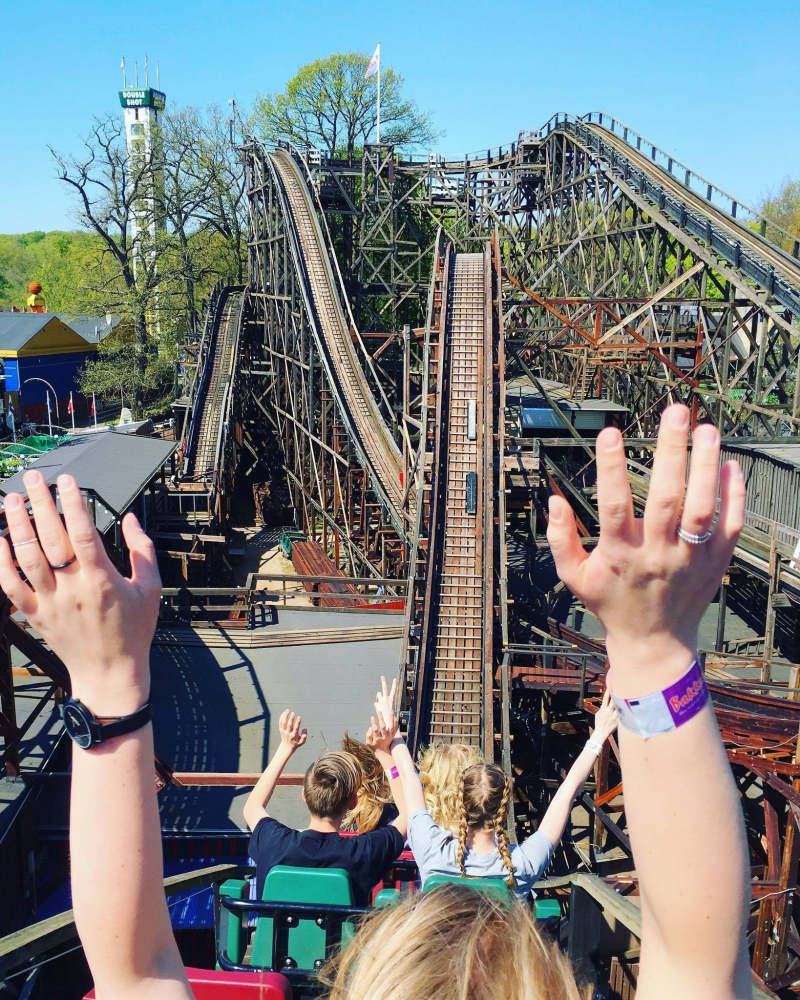
visitworldheritage.com -
Denmark is generally regarded as an exceptionally safe place to visit. It is a country with nearly minimal risk of natural disasters, and unlike most other European countries, Denmark's crime rates are average, so common sense should keep you out of trouble.
Some claim that Denmark is the safest country in the world, and while this is true, it is not without hazards. Denmark has recently seen an increase in gang violence, particularly among immigrant populations. These incidents primarily occur in Norrebro, a major immigrant community in northwest Copenhagen. Gang violence related to the trade of hard narcotics is also on the rise, and it is widely assumed that motorcycle groups are behind much of the trafficking of these substances in Scandinavia.
Other areas in Denmark where travelers should be cautious include Orsteds Parken in Copenhagen, where travelers have reported being accosted by gay males. These men have been described as huge and clothed in leather, and while they will leave you alone if you say no or go away, their menacing physical appearance has intimidated many tourists.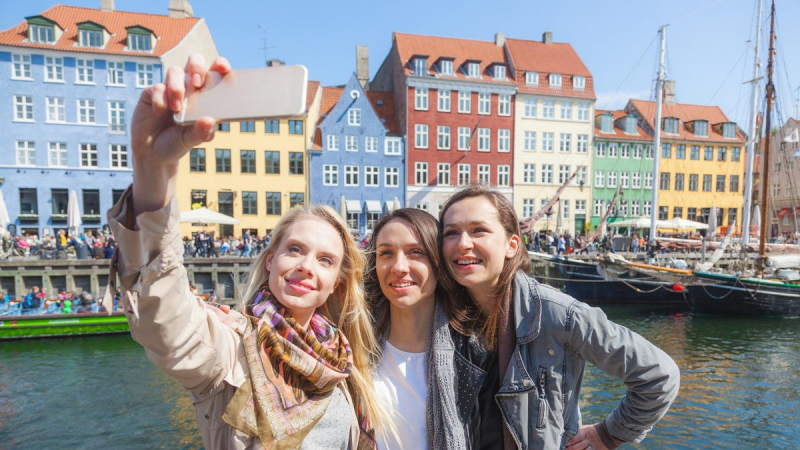
forbes.com 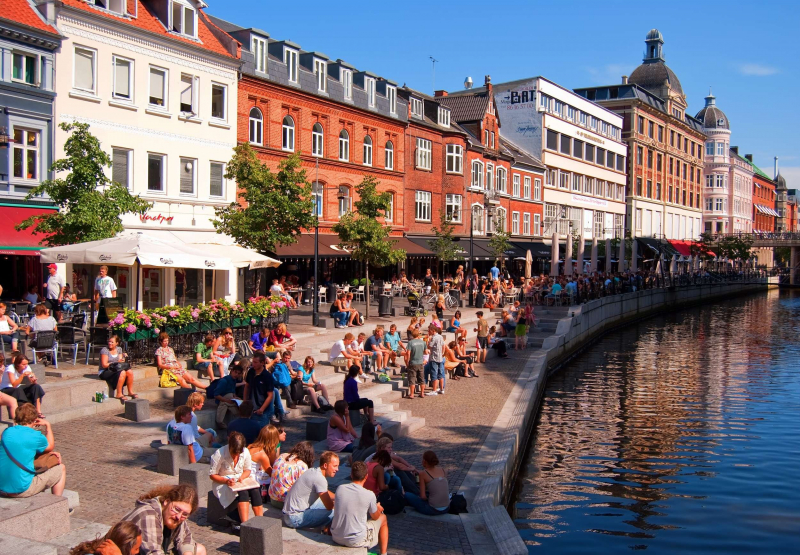
oneweirdglobe.com -
When traveling to Denmark, you should visit this restaurant once. Statistically, your chances of getting into "the world's best restaurant" are roughly 1 in 200. Not a long shot for the lottery, but pretty close. Don't worry. The emergence of top-tier Nordic restaurants in the aftermath of Noma's rise means that there are at least a dozen great places in Copenhagen alone that will offer you some insight into why this city has suddenly become the world's hottest eating destination. The popular picks are Radio and Relae, both operated by Noma system stalwarts and delivering vegetable-heavy menus fully committed to seasonality for around a fourth of the price of the entrance at Noma.
AOC, on the other hand, is one of the most fascinating restaurants in the country. Chef Ronny Emborg, a former chef at elBulli and Mugaritz, combines Nordic ingredients with Spanish avant-garde techniques to create dishes such as frozen halibut curls with lump roe, egg cream, and fresh horseradish. It's the kind of dish that makes you forget about all other restaurants (including Noma) for a moment.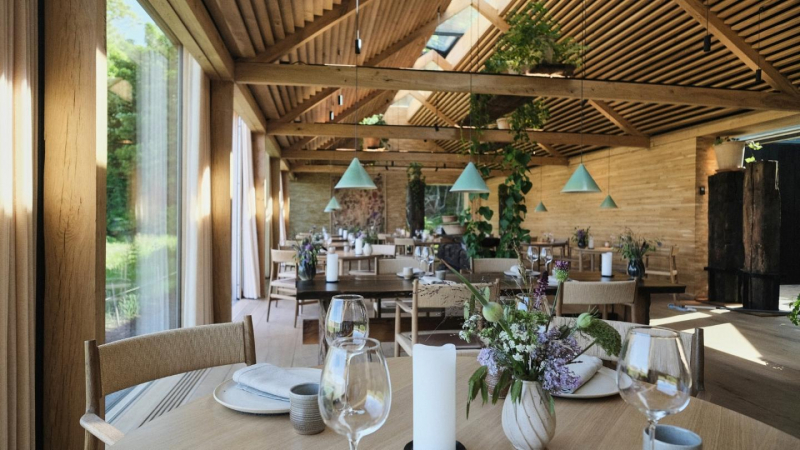
euronews.com 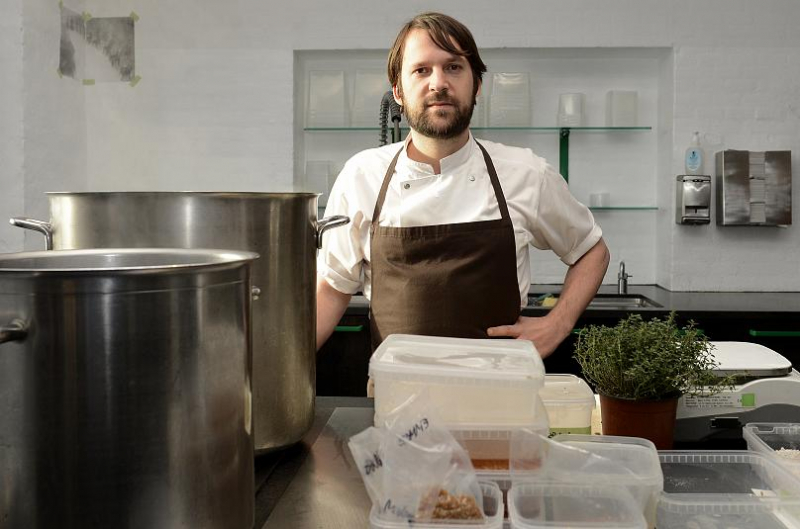
euronews.com -
Danish cuisine arose from the peasant population's own local resources and was strengthened by late-nineteenth-century cooking skills and the increased availability of commodities during and after the Industrial Revolution. When cooked and ornamented with a variety of exquisite ingredients, open sandwiches, known as somrrebrod, which in their basic form are the traditional lunch fare, can be called a national specialty. Hot meals are usually made with meat or fish. Flaeskesteg (roast pork with crackling) and kogt torsk (poached cod with mustard sauce and trimmings) are two substantial meat and seafood meals. Ground meats (pork, veal, or beef) became popular throughout the industrial revolution, and traditional meals such as frikadeller (meatballs), karbonader (breaded pig patties), and medisterplse are still popular (fried sausage). Denmark is famous for its Carlsberg and Tuborg beers, as well as its akvavit and bitters, although imported wine has grown in favor among Danes since the 1960s.
Cooking in Denmark has long been influenced by foreign and continental practices, and the usage of imported tropical spices such as cinnamon, cardamom, nutmeg, and black pepper may be dated back to the Middle Ages and, according to some, to the Vikings.Some Danish chefs have been developing the new Danish cuisine, an innovative manner of cooking focused on high-quality local ingredients, since the early 2000s. The international gourmet community has taken notice of and celebrated this new attitude and food. It has contributed to a significant number of highly acclaimed restaurants in Copenhagen and the province, some of which have been awarded Michelin stars.
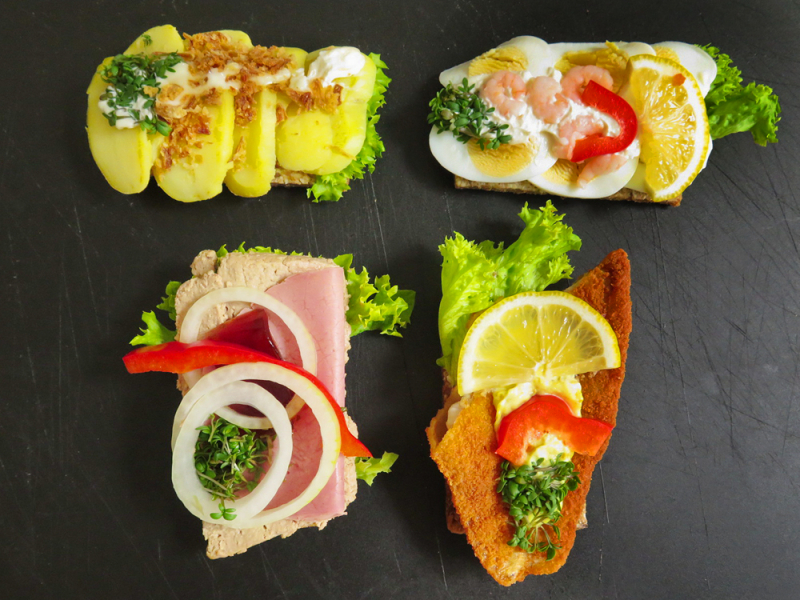
eatingeurope.com 
eatingeurope.com -
Denmark is a vibrant European country with a full calendar of events and festivals throughout the year. Denmark's festivals range from religious ceremonies to royal feasts and sporting events, not to mention musical festivals. Locals, on the other hand, are extremely proud of their music scene, which has an unrivaled calendar of pleasant music events throughout the year. Although festivals are held all year in Denmark, Vikings and music, particularly jazz, are prominent components of many of them. You might visit some of these events while in Denmark to add joyful feelings to your trip and have a good time.
Throughout the summer, Danish festivals celebrate their Viking heritage, and there are some wonderful jazz festivals throughout the year in this intriguing, hospitable country. The Rock Festival in Roskilde, along with the Copenhagen International Jazz Festival, is the most popular event. The Roskilde Rock Festival is the country's largest public event and one of Denmark's most popular events. Over 80,000 people flock to the region for the festival, which features over 170 domestic and international artists. It usually takes place in July, with all proceeds going to charity, so you don't feel bad about spending too much money. Roskilde is approximately 35 kilometers (20 miles) from Copenhagen, so anyone in the Danish capital may arrive in less than 30 minutes.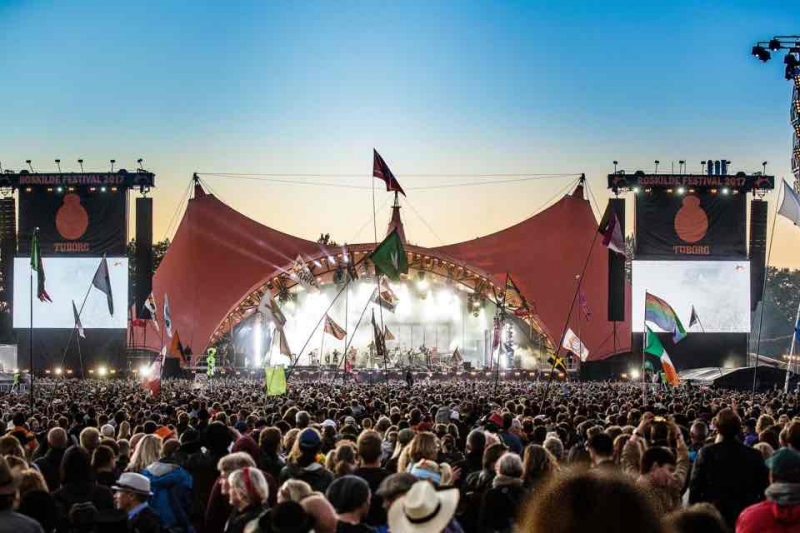
europebookings.com 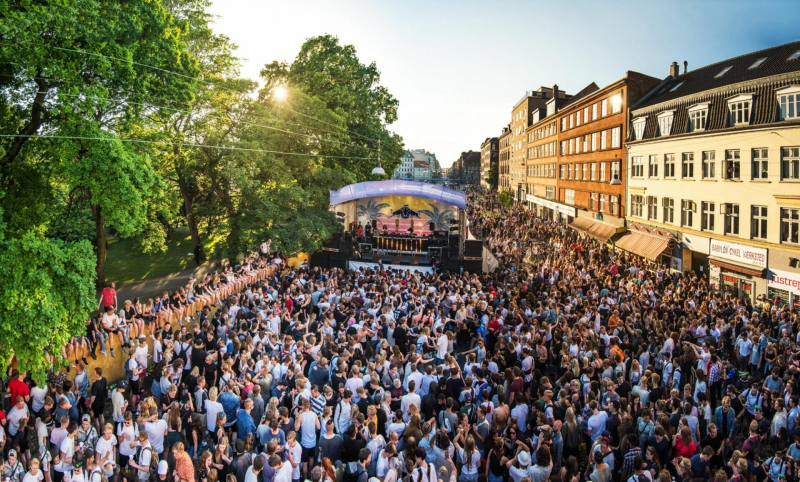
zleep.com














